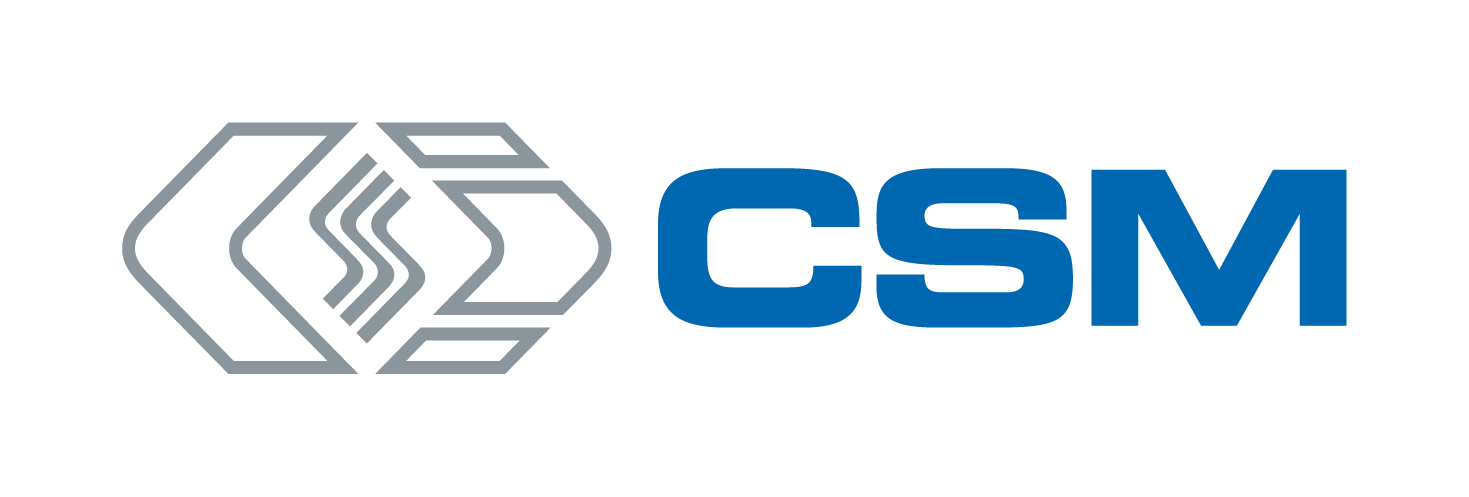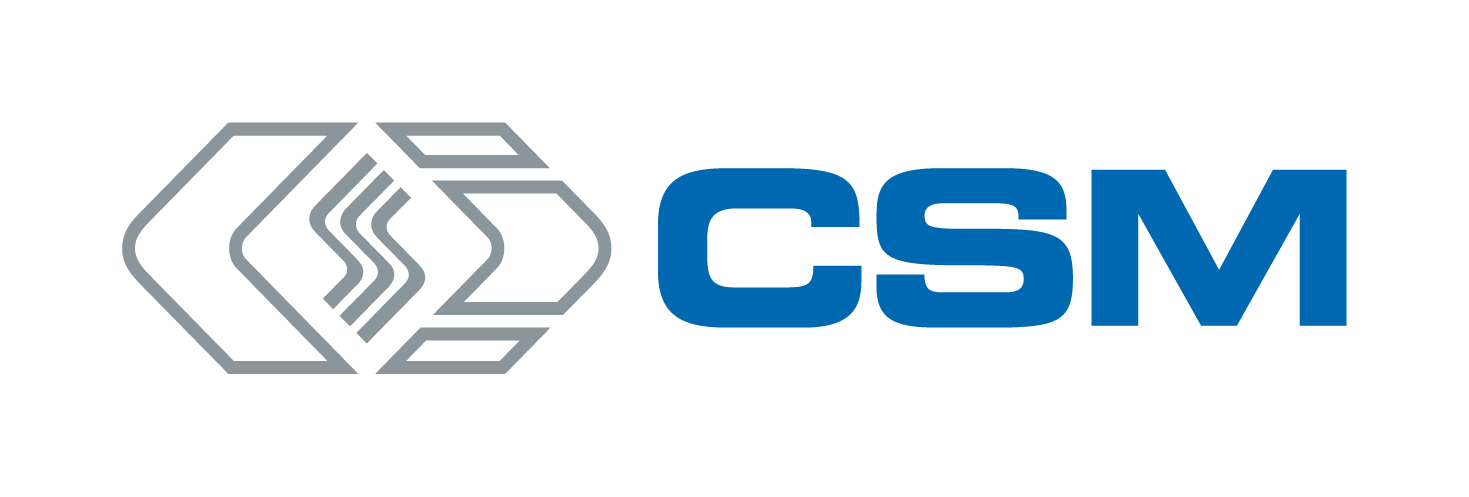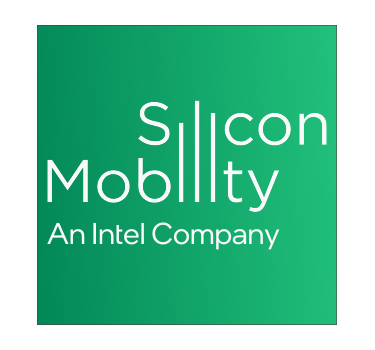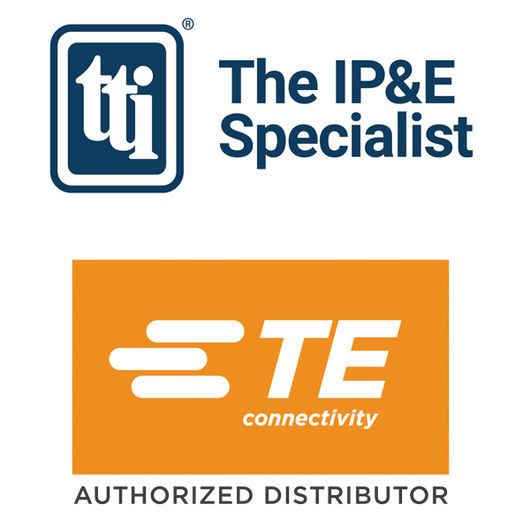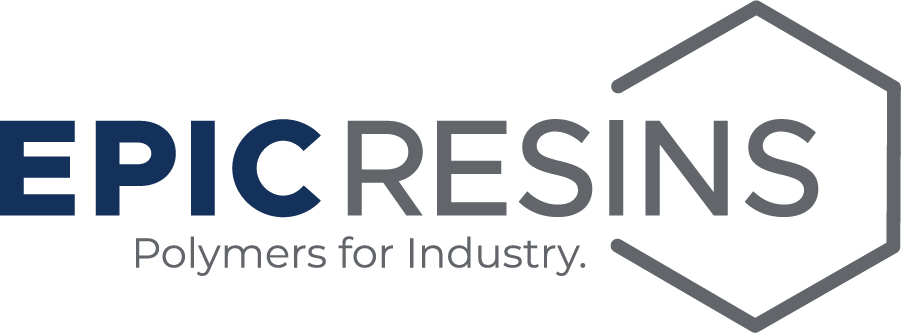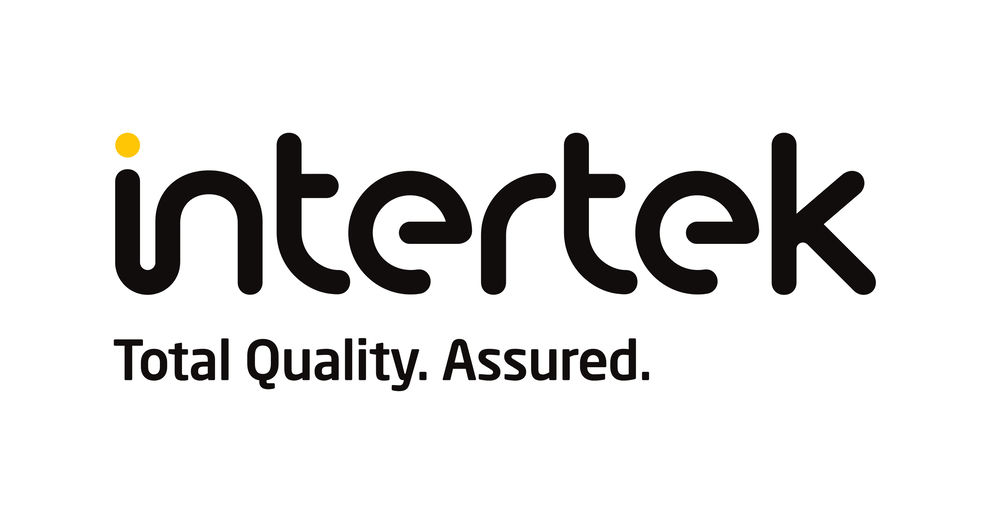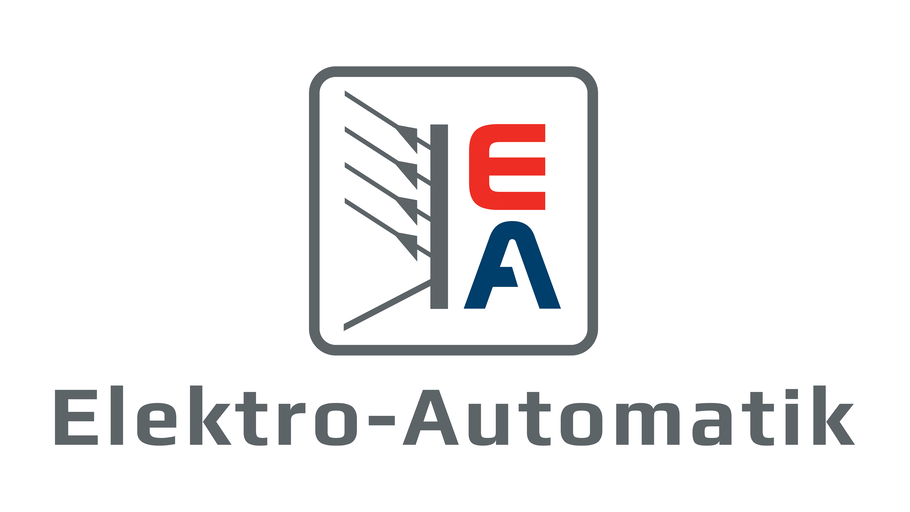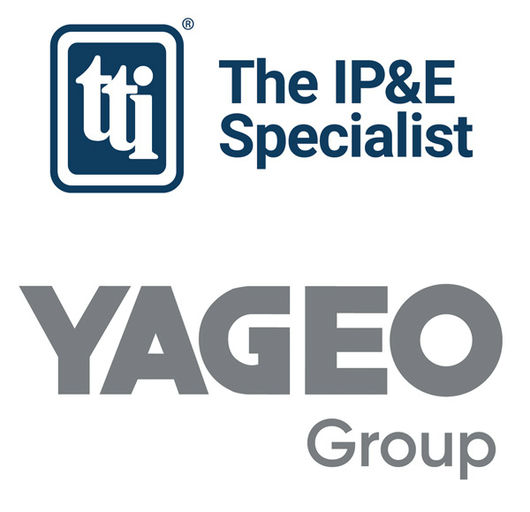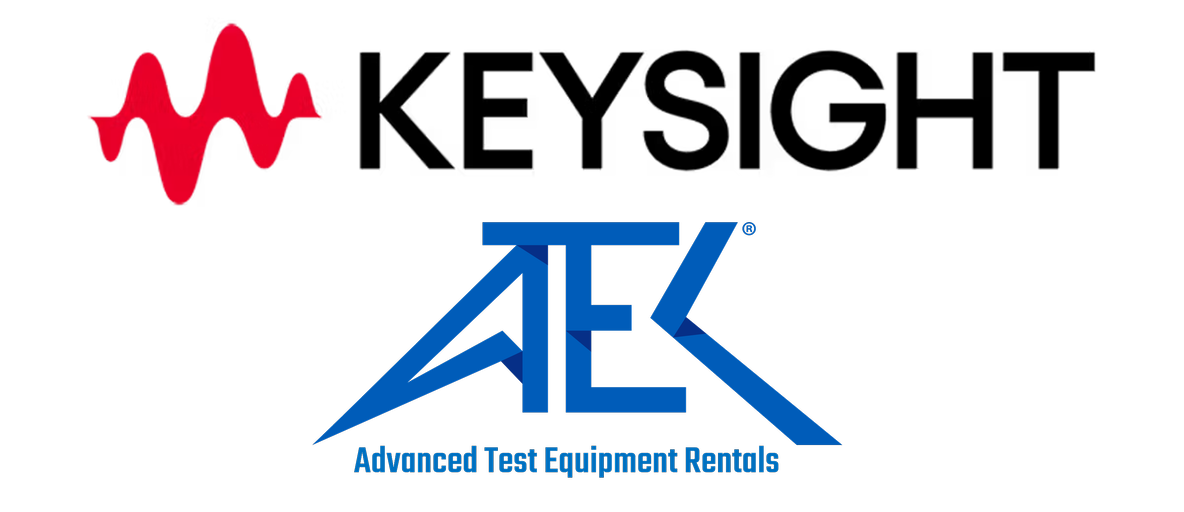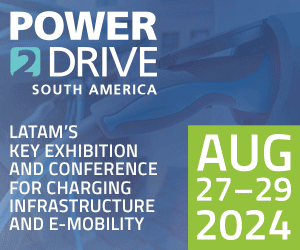Along with electrification, autonomy and connectivity are part of a triple trend that is revolutionizing the transport sector. At least one automaker understands how closely the latter two are connected – data delivered wirelessly from Tesla vehicles helps the company to improve its Autopilot technology, as Elon Musk recently explained.
“The ability to pull high-resolution data from these vehicles and to update the vehicles over the air is a significant part of what’s allowed us in 18 months to go from very behind the curve to what is today one of the more advanced autonomous [programs],” Sterling Anderson, Director of Tesla’s Autopilot program, told MIT Technology Review.
Not only can Tesla use that data to evaluate existing Autopilot features, but, as Anderson explains, the company can even secretly test new autonomy software by remotely installing it on customer vehicles. Although the software doesn’t actually control the car, Tesla engineers can see how it responds to real-world driving situations.
“We will often install an ‘inert’ feature on all our vehicles worldwide,” said Anderson. “That allows us to watch over tens of millions of miles how a feature performs.”
This ability to test software in thousands of vehicles in near real time gives Tesla a huge advantage over potential competitors in the autonomy arena. Google has demonstrated advanced self-driving technology, but it can only gather data from its small fleet of prototypes. Other automakers, such as GM and Nissan, are believed to be pretty far along with autonomous driving tech, but their vehicles have nothing like the connectivity abilities that Tesla is using.
Source: MIT Technology Review












